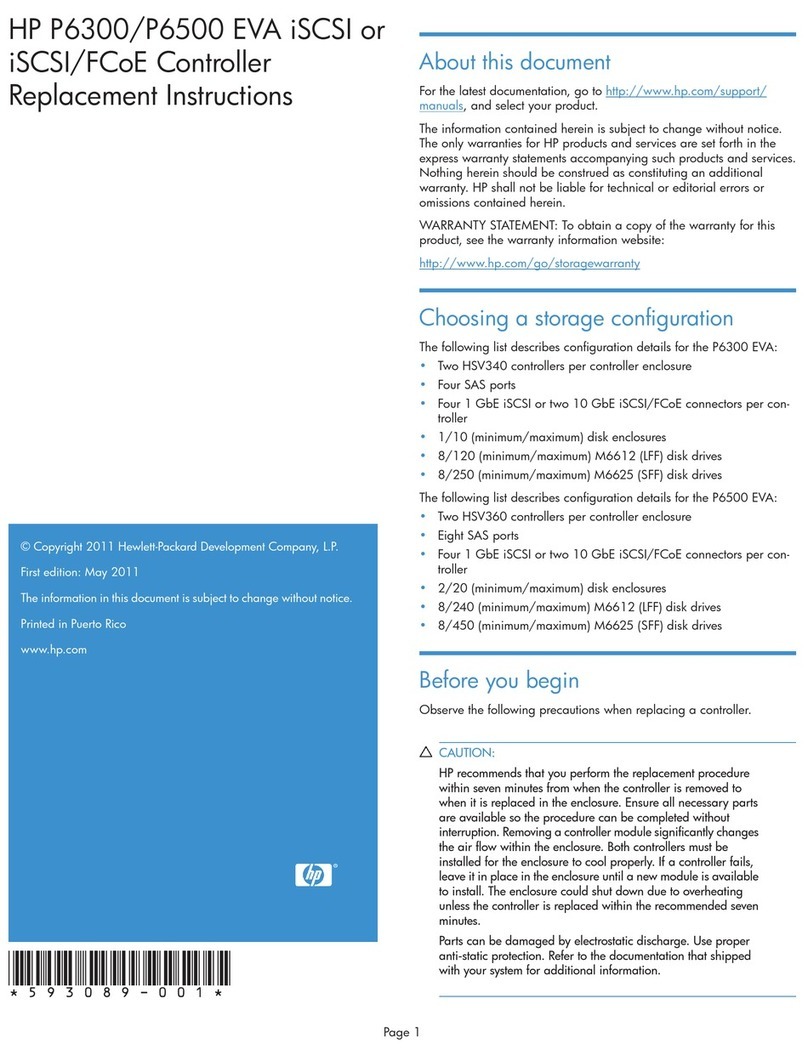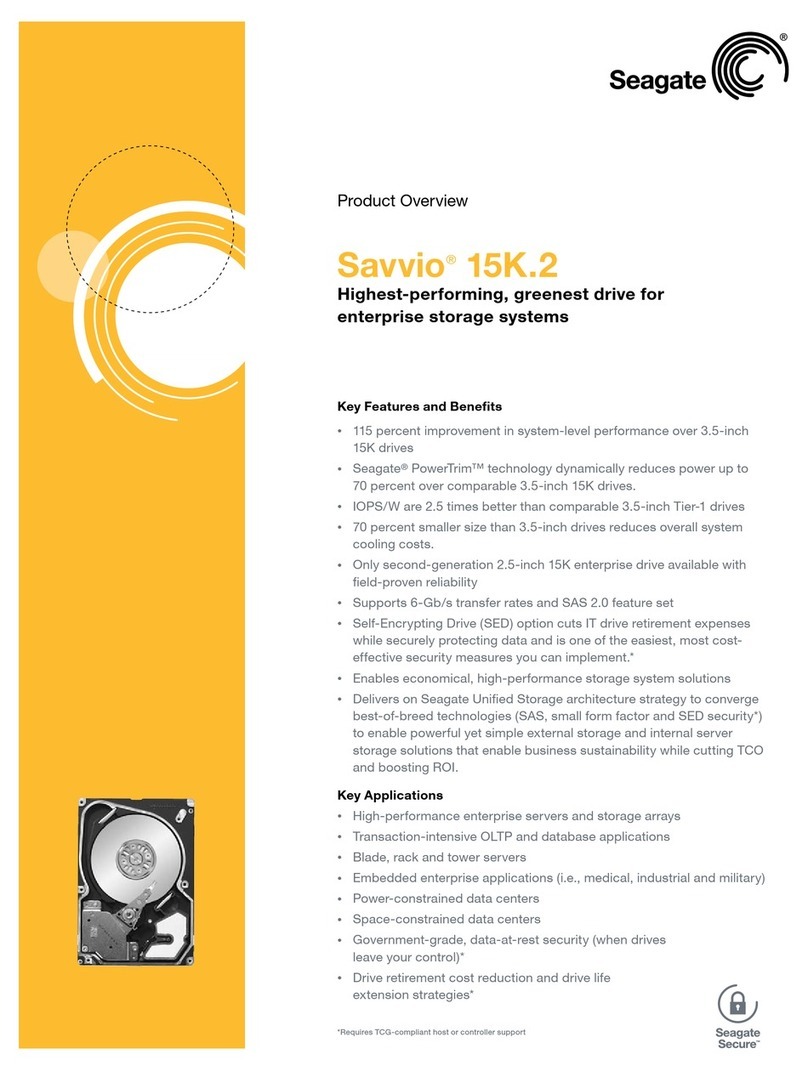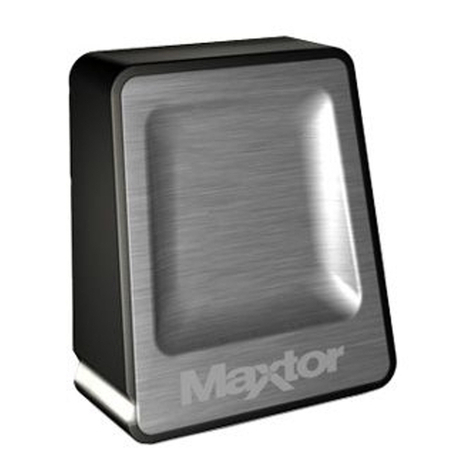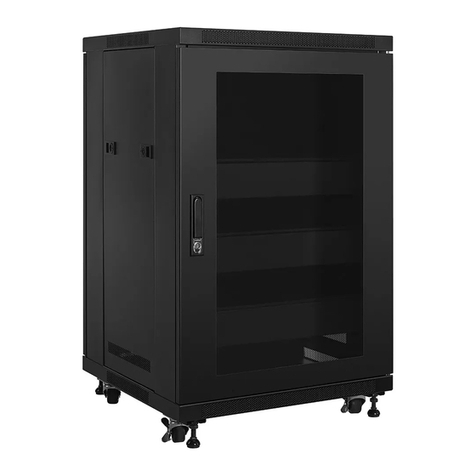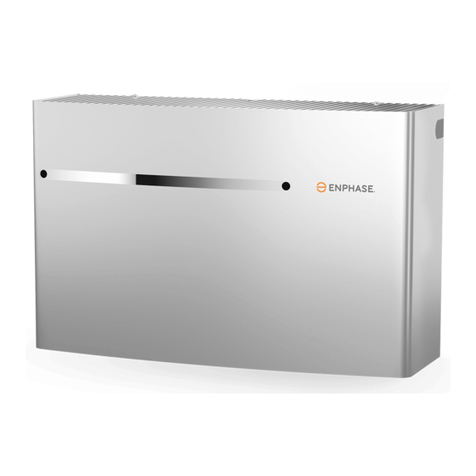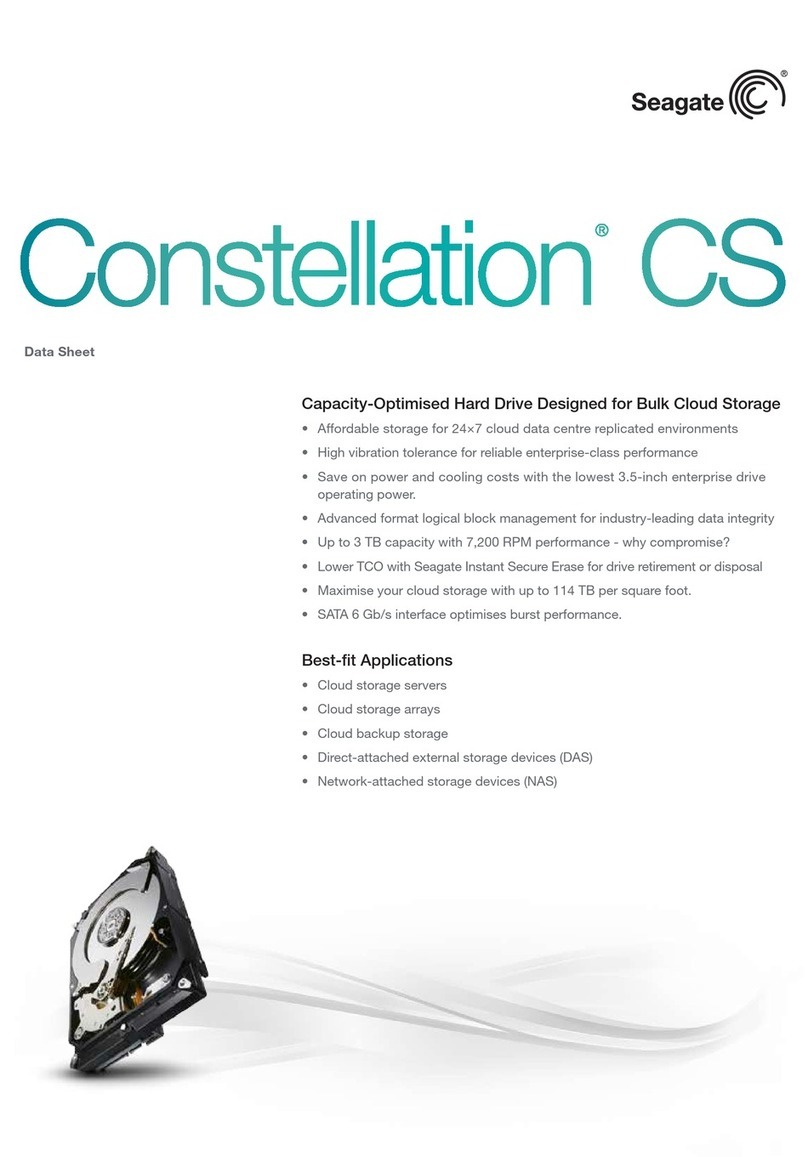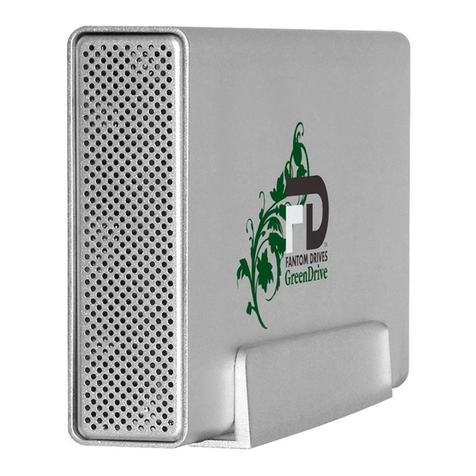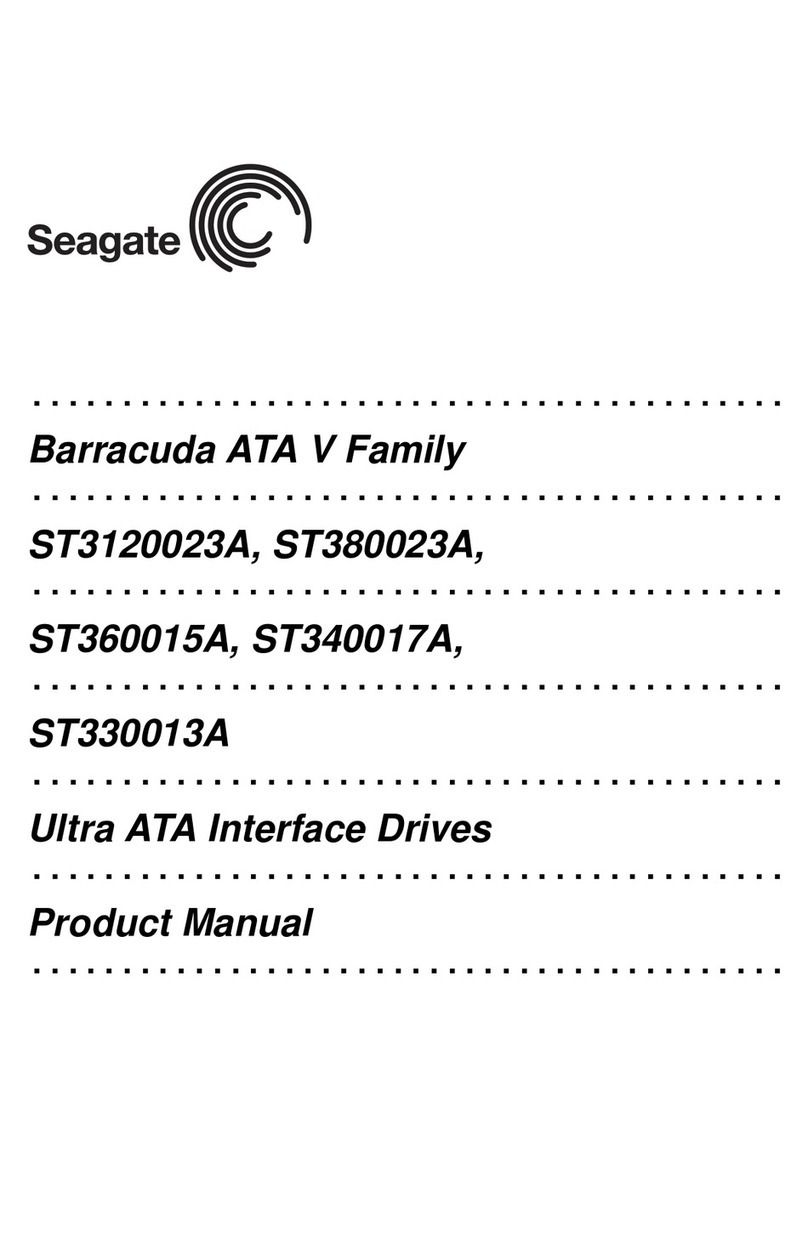Silicon Graphics InfiniteStorage TP9300 User manual




















This manual suits for next models
1
Table of contents
Other Silicon Graphics Storage manuals
Silicon Graphics
Silicon Graphics O2 User manual
Silicon Graphics
Silicon Graphics InfiniteStorage NEXIS 2000 User manual
Silicon Graphics
Silicon Graphics Total Performance 9300 User manual
Silicon Graphics
Silicon Graphics TP900 User manual
Silicon Graphics
Silicon Graphics CHALLENGE RAID User manual
Silicon Graphics
Silicon Graphics InfiniteStorage NAS 50/100 User manual
Silicon Graphics
Silicon Graphics InfiniteStorage 4000 Series Installation and operation manual
Silicon Graphics
Silicon Graphics Altix 350 User manual
Silicon Graphics
Silicon Graphics TP9400 RAID User manual
Silicon Graphics
Silicon Graphics InfiniteStorage 350 User manual
Popular Storage manuals by other brands
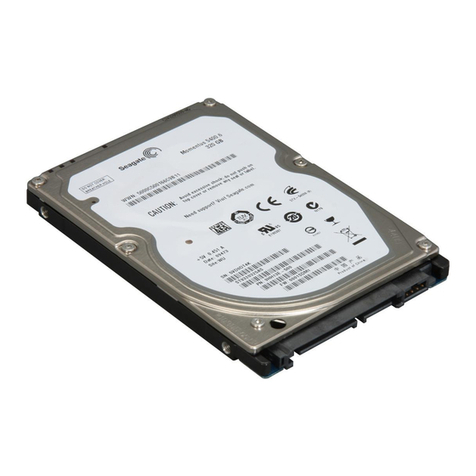
Seagate
Seagate Momentus 5400 product manual
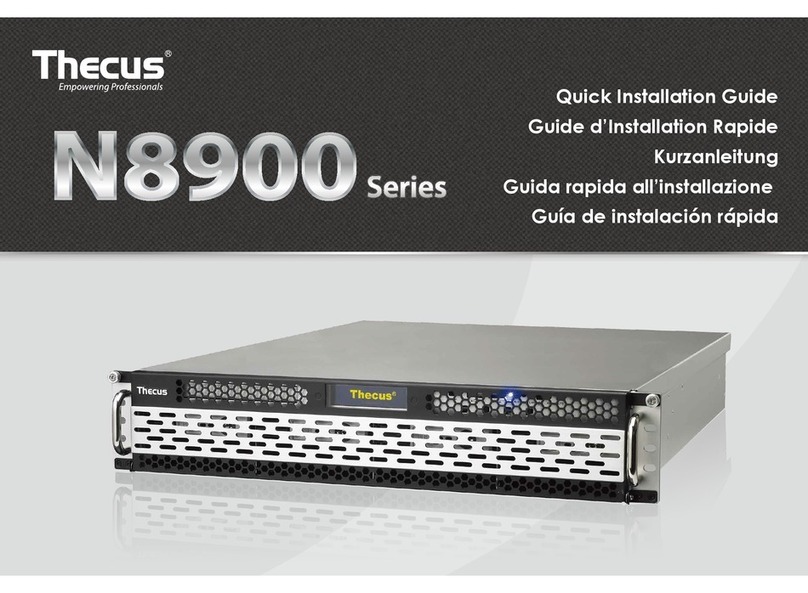
Thecus
Thecus N8900 series Quick installation guide
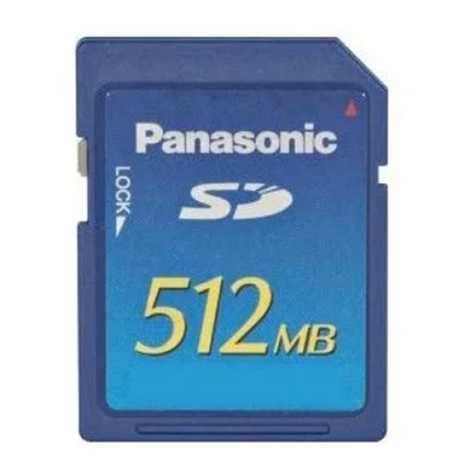
Panasonic
Panasonic KX-NCPS01 manual

HP
HP 20/700 Installation notes
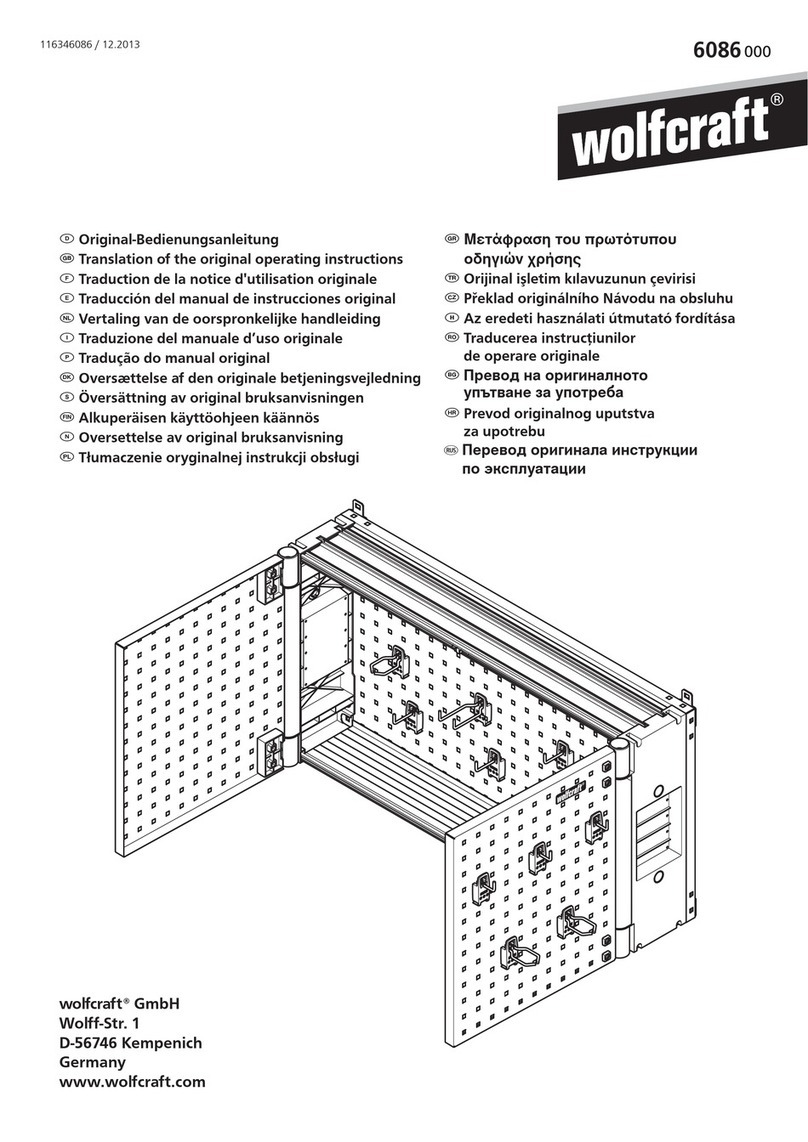
Wolfcraft
Wolfcraft 6086000 Translation of the original operating instructions
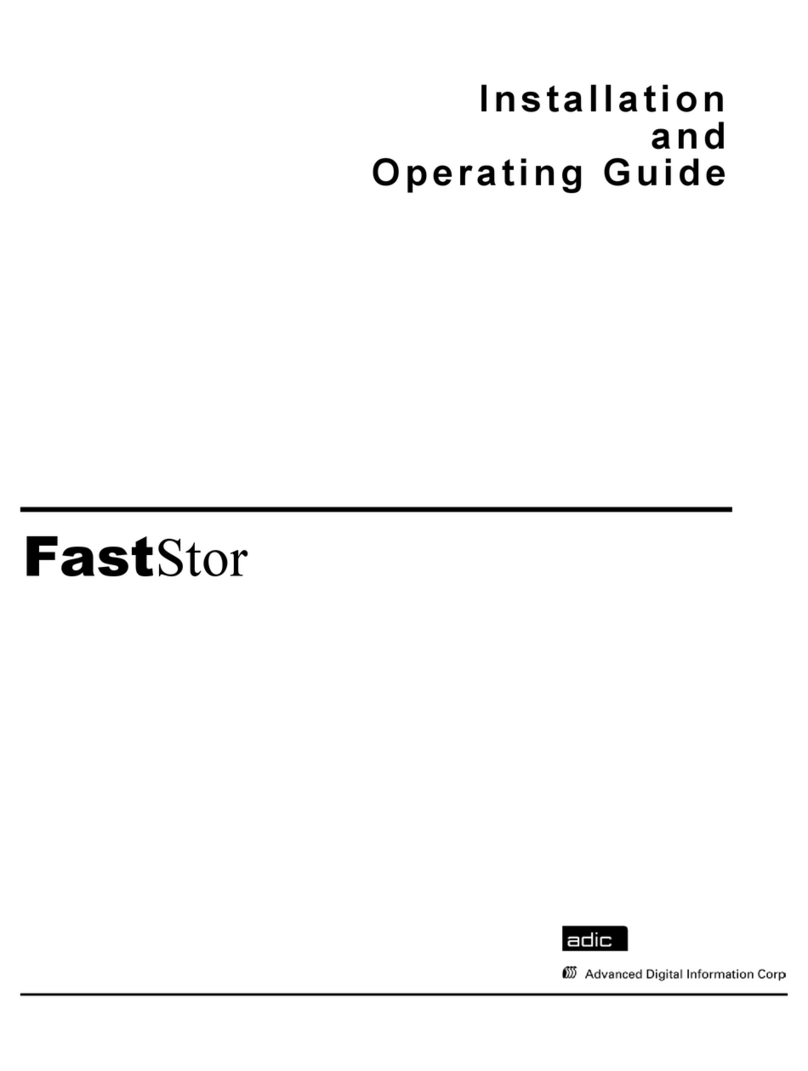
ADIC
ADIC FastStor FastStor Mass Storage Device Installation and operating guide
